
Recent tests on the 2023 Kia Sorento PHEV have sparked a debate about the efficiency of sport mode during highway driving. While sport mode enhances driver engagement and responsiveness, it may not be the most fuel-efficient choice for long-distance travel. For instance, the Kia Sorento PHEV achieved only about 30 mpg in sport mode, compared to over 40 mpg in normal mode. On the other hand, in Ford’s late-model vehicles, sport mode adjusts parameters like steering effort and transmission shift points, potentially aiding in overtaking maneuvers on interstates.
What Is Sport Mode?
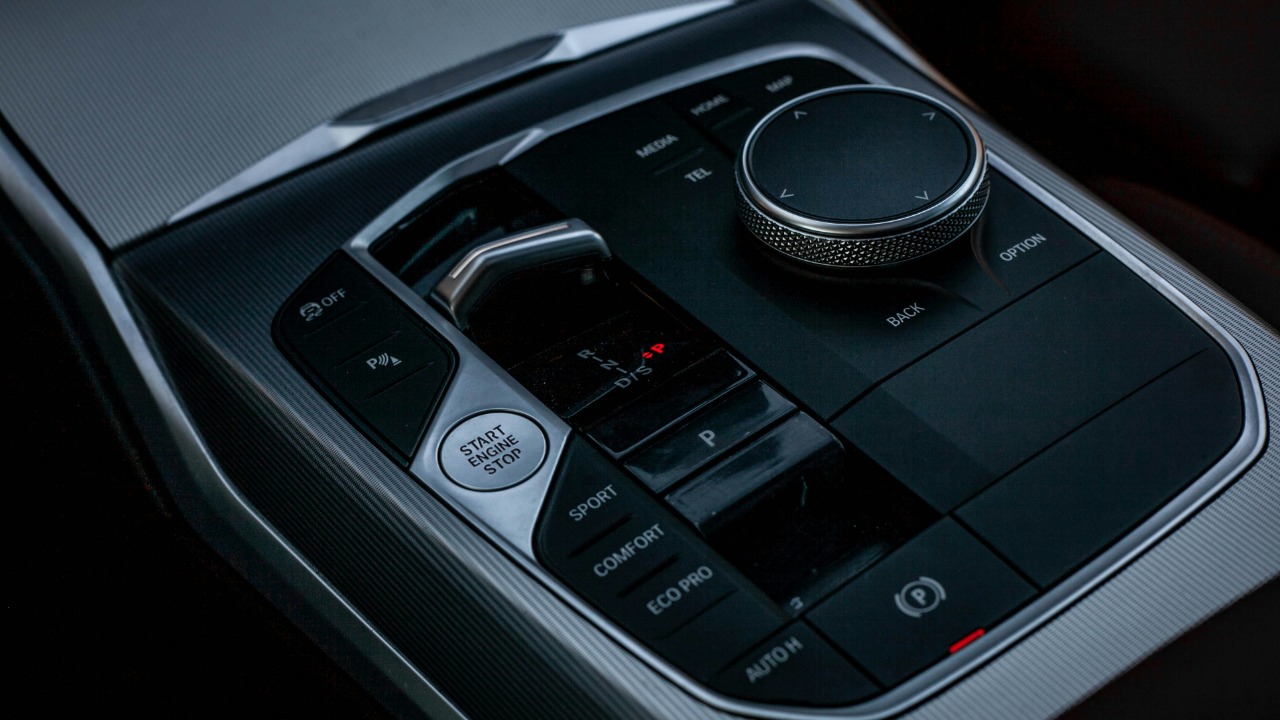
Sport mode is a selectable drive setting that alters throttle sensitivity, engine sound, and gear shifting for a more dynamic driving experience, distinguishing it from eco or normal modes. This mode typically holds lower gears longer to maintain higher RPMs, which can make the vehicle feel more alert without increasing top speed limits. However, the implementation of sport mode varies across manufacturers. For example, Ford’s sport mode not only alters throttle and transmission settings but also firms up the suspension and quickens steering response, enhancing the overall driving experience.
How Sport Mode Operates on Highways
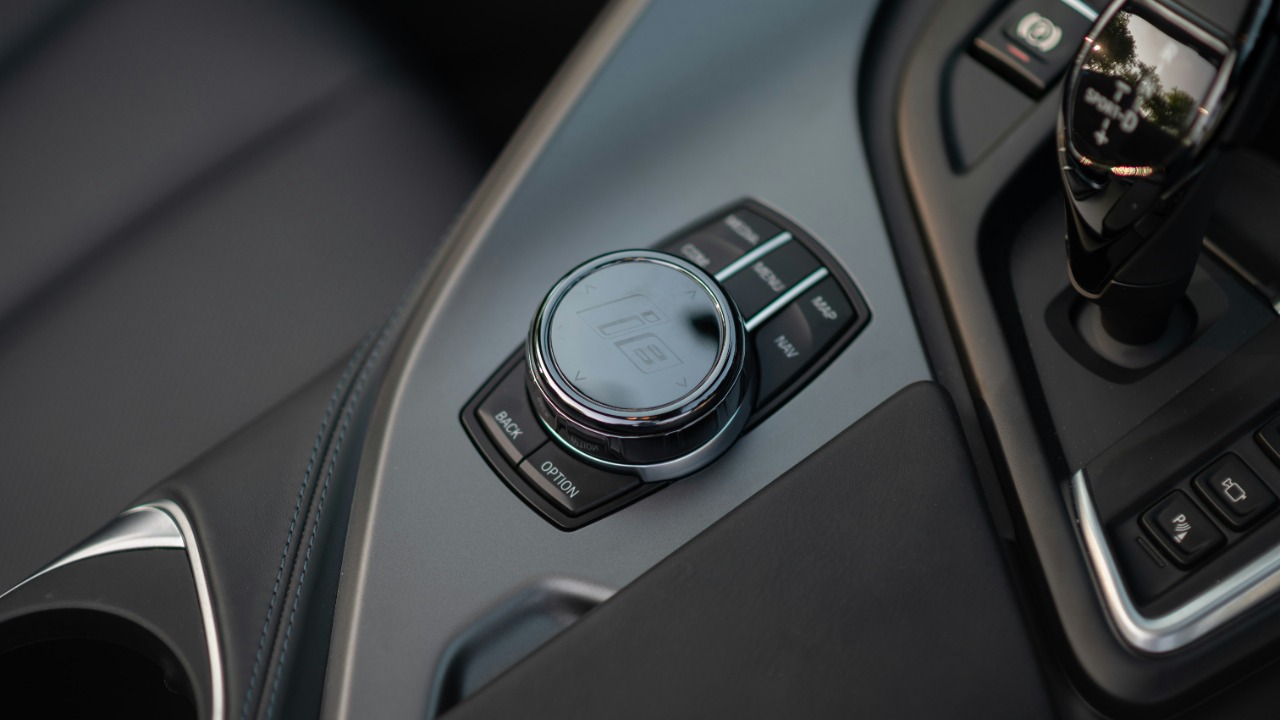
On highways, sport mode sharpens accelerator response, reducing lag in speed buildup during traffic flow. This can be particularly useful for faster merging onto highways. The transmission behavior in sport mode delays upshifts to keep the engine in its power band, which can be beneficial for sustained highway speeds above 70 mph. Some vehicles also offer electronic adjustments like amplified exhaust notes or paddle-shift prioritization, which enhance highway overtaking without mechanical changes.
Benefits of Sport Mode for Highway Performance
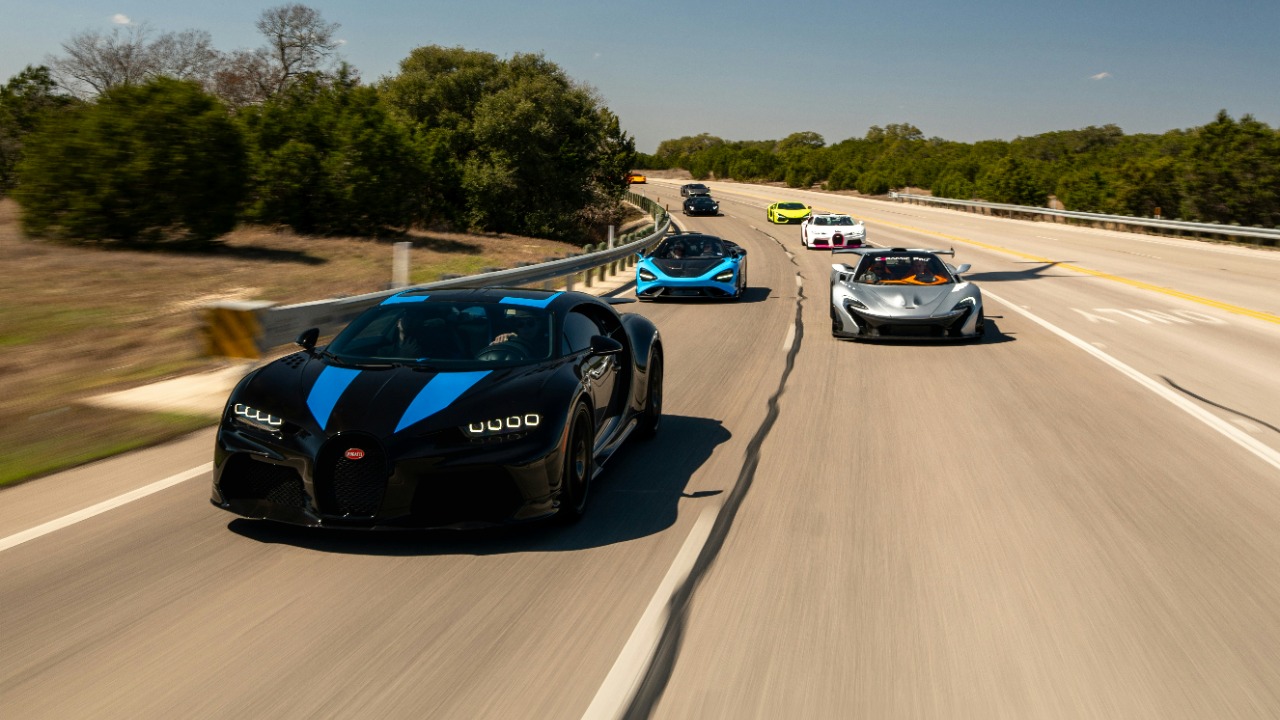
Sport mode can improve passing capability on multi-lane highways by allowing quicker throttle inputs for safe lane changes. It also provides better engine braking on downhill highway sections, helping maintain control without excessive brake use. Furthermore, sport mode can enhance driver confidence through firmer steering feedback, which is ideal for high-speed stability during long highway cruises.
Drawbacks of Sport Mode on Fuel Efficiency
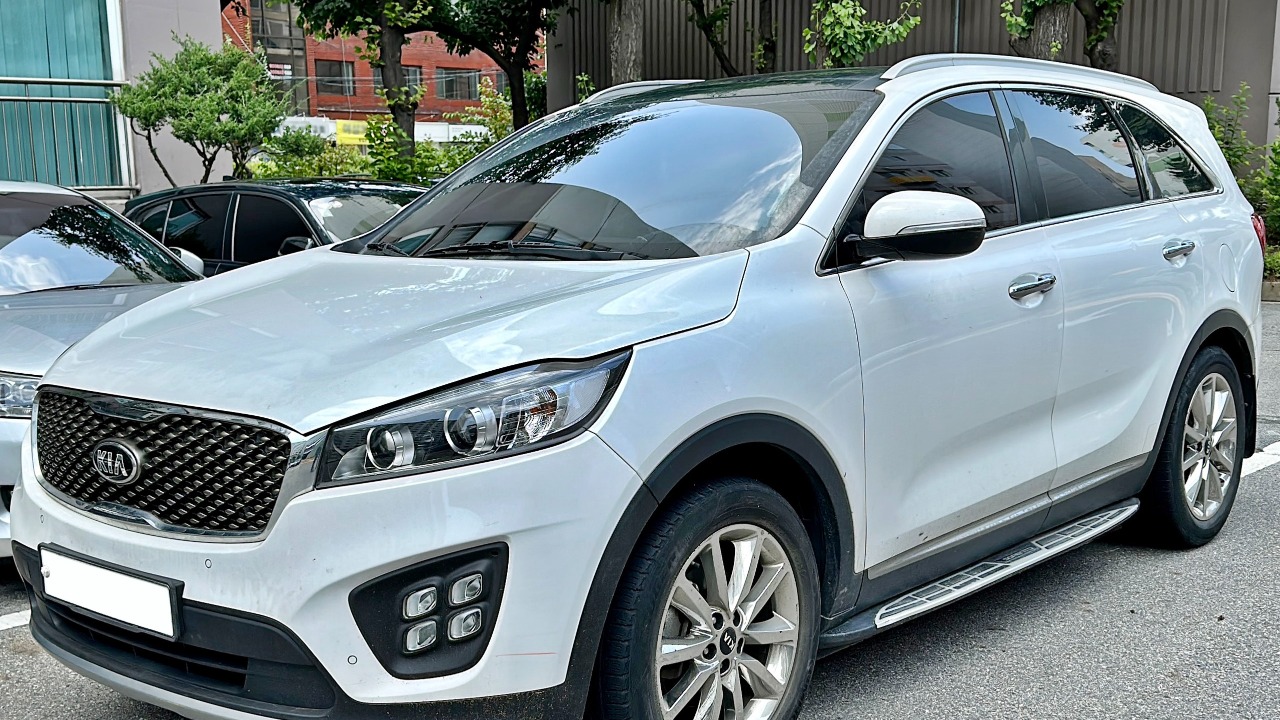
Despite its benefits, sport mode can negatively impact fuel efficiency. For instance, in the 2023 Kia Sorento PHEV, sport mode dropped efficiency to around 30 mpg from over 40 mpg in standard driving. This is largely due to increased fuel consumption resulting from prolonged high-RPM operation, which can add up to 20-30% more fuel usage on extended interstate trips. Additionally, sport mode can strain hybrid systems by prioritizing the gas engine over electric for responsiveness, as seen in PHEV tests.
Vehicle-Specific Impacts on Highway Driving
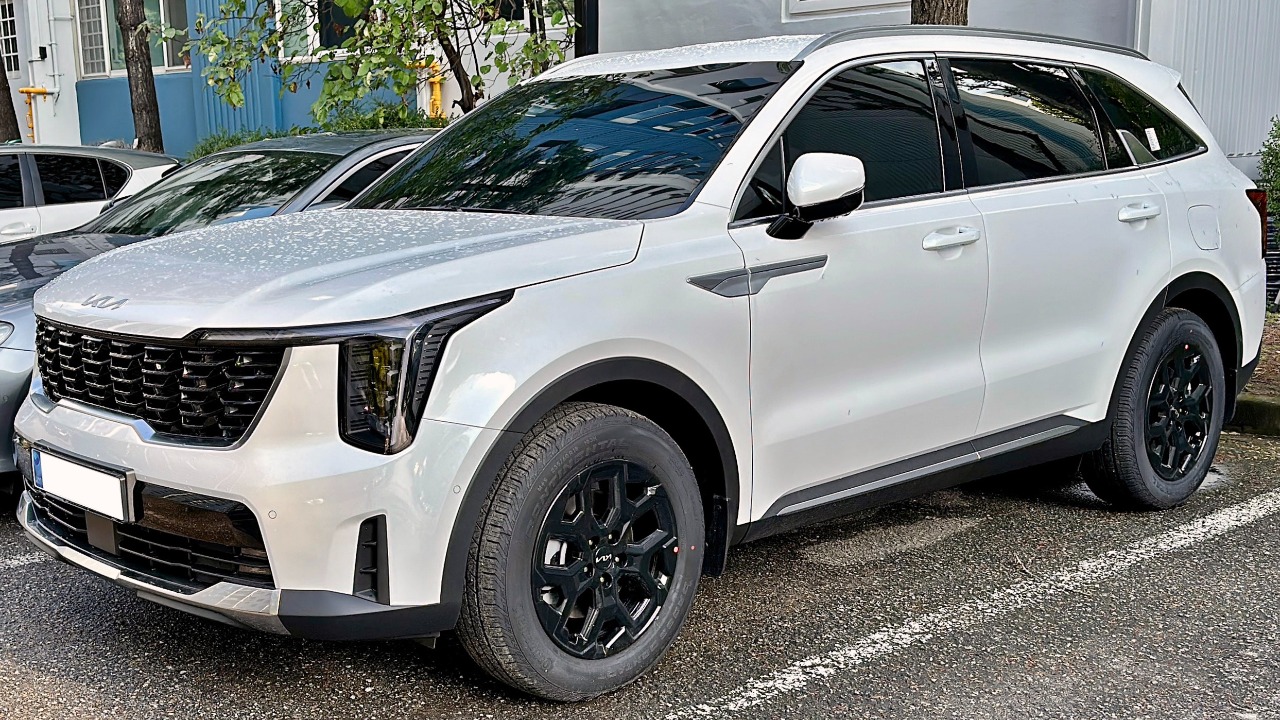
The impact of sport mode on highway driving can vary depending on the vehicle. For example, Ford models’ sport mode integrates with adaptive cruise control for smoother highway acceleration while maintaining efficiency trade-offs. In contrast, the Kia Sorento PHEV’s sport mode led to frequent battery drain on highways due to aggressive shifting, limiting its electric-only range. In general, sport mode in performance-oriented cars can amplify the fun of highway driving, but in daily drivers like SUVs, it may increase noise and vibration.
When to Engage Sport Mode on Highways
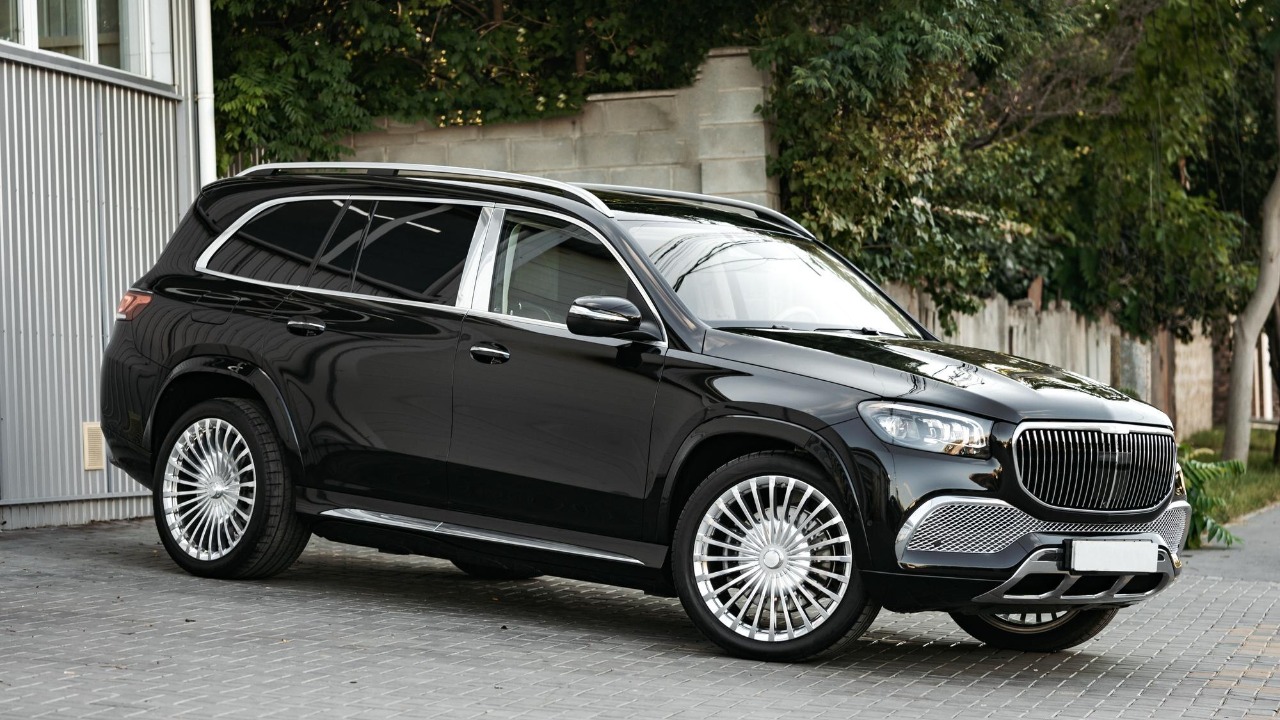
Sport mode can be beneficial in certain highway driving scenarios, such as heavy traffic with frequent accelerations, where responsive shifts can prevent the vehicle from bogging down at 65-75 mph speeds. However, it’s advisable to avoid prolonged use of sport mode on flat, steady highways to prevent unnecessary fuel consumption. Instead, drivers can toggle sport mode based on road conditions, such as activating it for hilly terrain where power delivery aids climbing without the need for manual downshifting.
Alternatives to Sport Mode for Highway Use
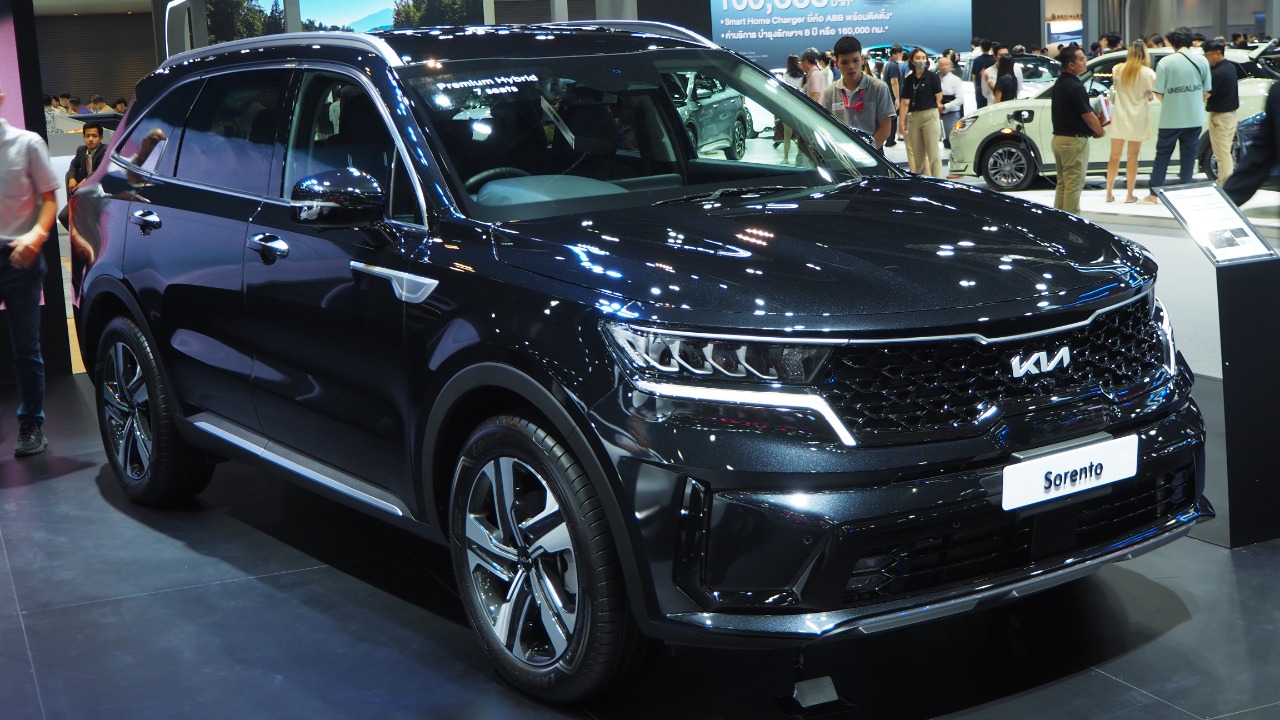
For those prioritizing fuel efficiency over performance, normal or comfort modes may be a better choice for highway driving. These modes offer balanced shifts without the performance-oriented delays of sport mode. Some vehicles, like the Kia Sorento, also offer an eco mode that prioritizes regenerative braking and electric assist for superior fuel efficiency. Additionally, some Ford systems allow users to customize their drive modes, mixing sport-like throttle with efficiency settings for a tailored highway driving experience.